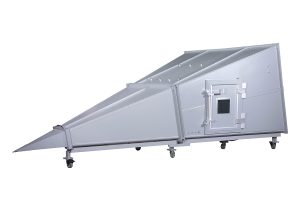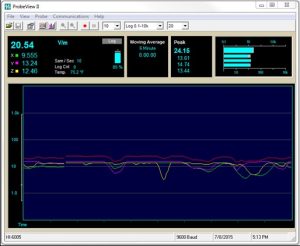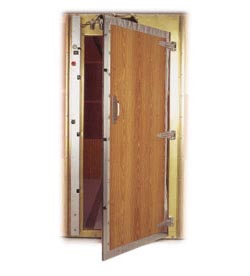5211 Wireless Interface Test System
The ETS Model 5211 Wireless Interface Test System, (WITS™), is a self-contained portable enclosure that can check cell phone transmit and receive functionality with or without direct cable connection to the RF or data ports.
This is accomplished using a patent-pending near field coupler in the enclosure that couples with the phone’s own antenna. The coupling coefficient has a flat response over the frequency range of 700 MHz – 2 GHz.
With this (CAI), or common air interface, the operator performs the test faster and simulates a real-world environment. In contrast, the direct connection method bypasses the antenna and adds up to several dB of loss to the measurement. The CAI method provides a shorter signal path and readily detects a faulty antenna. (A connector is provided for testing with a direct connection if desired.) To eliminate nulls and hot spots, each enclosure is lined with ETS-Lindgren RF absorber, which improves test repeatability. Compressible RF gasketing is used to seal the lid on closure. It has nominal shielding effectiveness > 80 dB, although higher values are possible.
Consistent orientation of the phone in the enclosure is important for test repeatability. To help the operator position the phone correctly, a sliding clamp and alignment post are built into the bottom of the enclosure. The base is also marked with an illustration of a typical phone position.
Electrical Specifications
| Frequency Minimum | 700 MHz |
| Frequency Maximum | 2 GHz |
| Coupling Factor | 1850 MHz – 1990 MHz <11 dB 824 MHz – 894 MHz <8dB Note: Typical, to resonant dipole 1 in. from coupler surface. |
| Typical Coupling Factor Repeatability | ±1 dB |
| Typical Internal RF Absorption | 1800 – 2000 MHz Q<2 800 – 1000 MHz Q<2 |
| Typical RF Isolation | 1 MHz – 2 GHz >80 Db |





